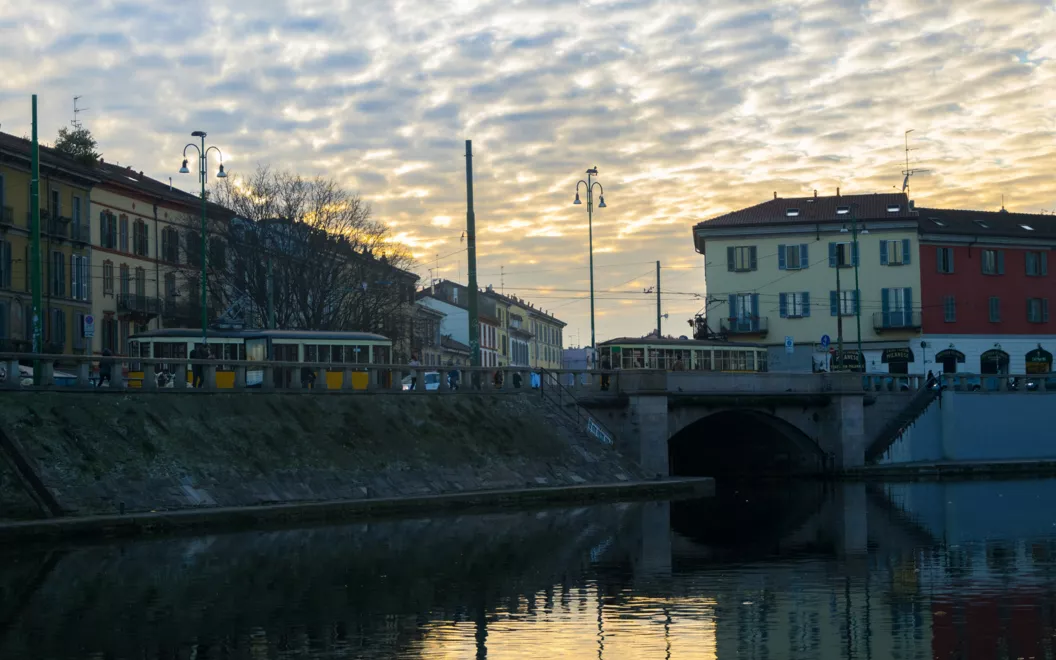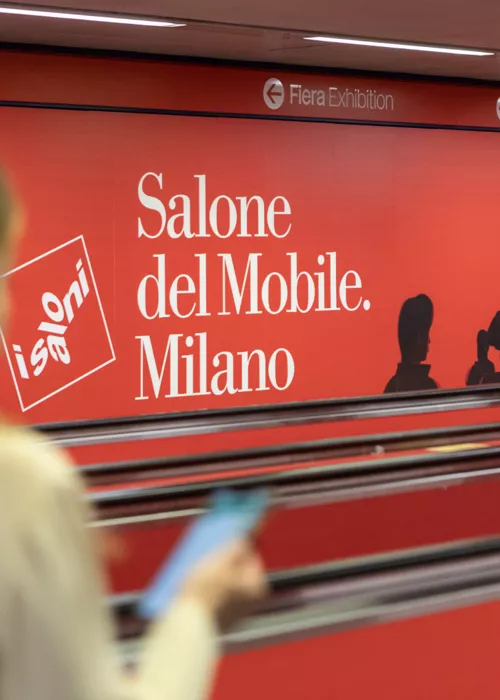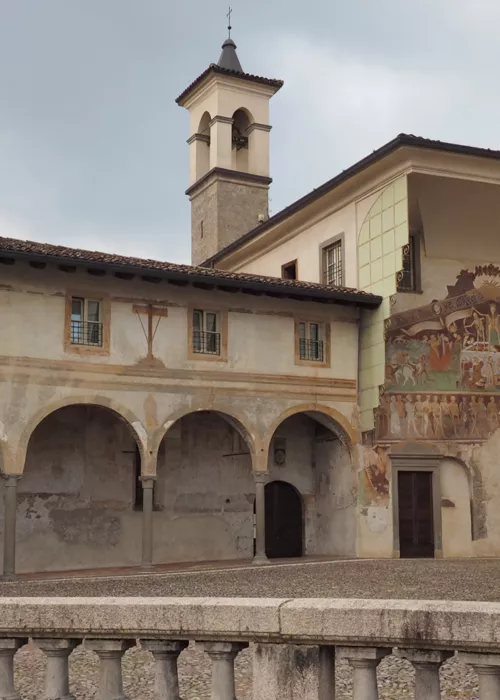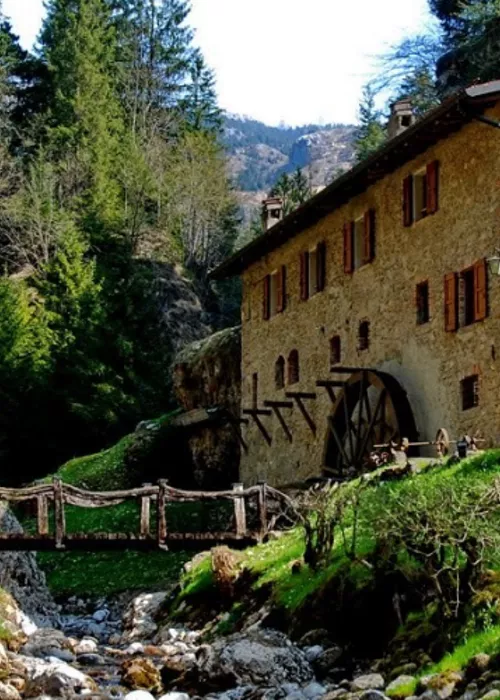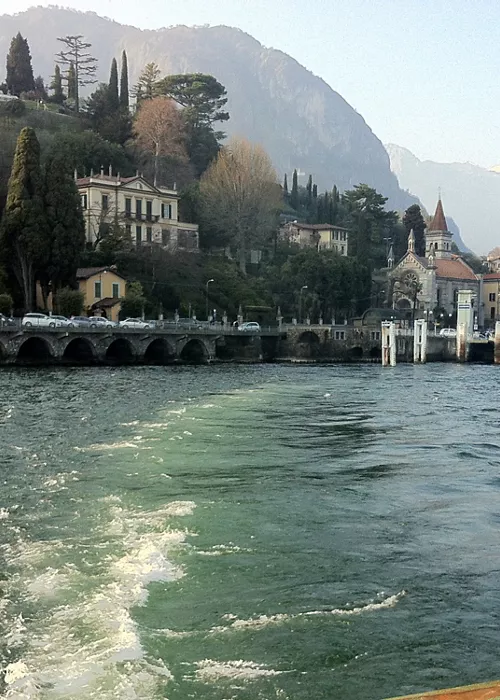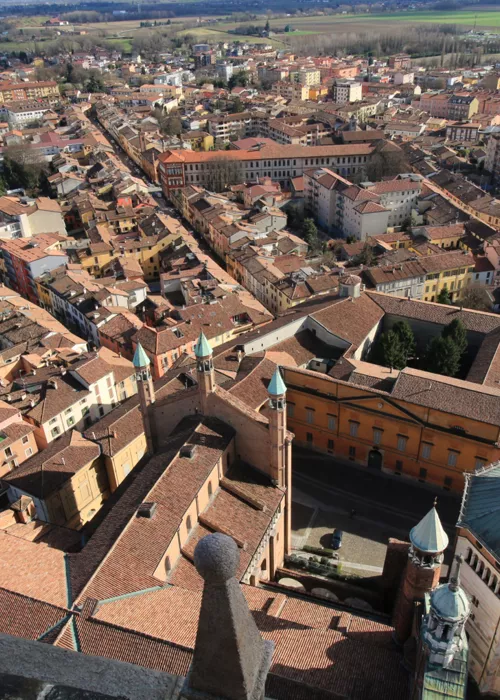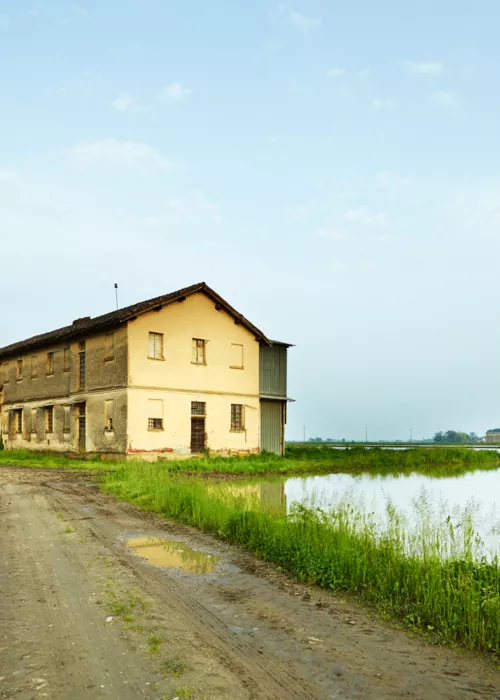
In Via Corsico, in a cosy space with miniamalist design, the restaurant 28 posti (28 places - the number of seats available) offers a unique and satisfying taste experience. An ethical sense has pervaded the project since the renovation of the premises, in which inmates of the Bollate penitentiary participated. The cuisine favours recovery and no-waste, which are combined in a very refined technique, according to an in-depth study of Mediterranean culture.
To discover the great dishes of Milanese tradition, Ponte Rosso, in Ripa di Porta Ticinese, envelops customers in a typical trattoria atmosphere. An intimate place, small in size, with friendly and attentive staff.
Recognisable by the old washhouse outside, El Brellin is a characteristic venue for traditional cuisine. In Lombard dialect, the name indicates the wooden kneeler of the washerwomen: dishes from the past are cooked here. For a taste of the Romagna Riviera, head to the Milan branch of Maré, which offers fish from the Adriatic, raw seafood and other delicacies, including the classic piadina, freshly made in the adjacent workshop.
Crossing the Naviglio Grande and taking via Casale, you can make a suprise visit to Sicily inFUD Bottega Sicula, with street food such as arancini and panelle, or to buy wines, preserves and jams from sustainable companies.
For ice cream lovers, in Via VigevanoGelateria Latteneve offers a rich list of original and authentic flavours, such as almond biscuit ice cream or 'Grigio Milano', with black sesame. The city's cosmopolitan attitude is also seen in particular venues that blend the charm of historical sites, such as old railing houses, with new hospitality concepts. For example,Combo, which is a hostel with a bistro and café, as well as a coworking and exhibition space. Surrounded by greenery, it also offers street food recipes ranging from Asian to local flavours. For buying or tasting original and special wines, inVinoir you can discover the characteristics of the products on offer in detail - especially the natural wines - and the craftsmanship of the production processes. Presentation and story-telling evenings related to oenology are also offered.
Following the Naviglio Grande towards the outskirts of Milan, you come to the Excel Naviglio, formerly Ca' Bianca, hotel, where theAl Naviglio Restaurant presents traditional cuisine with a modern twist and a seasonal menu. The kitchen is entrusted to Luca Pedata, a young up-and-comer on the Italian scene, who serves sophisticated dishes that can perhaps be paired with a cocktail from the bar's extensive list.
Two small, sweet detours are worth making, to discover two historic bakeries that are still in vogue. In Corso Genova, the Cucchi pastry shop has been producing typical desserts of Lombardy and elsewhere for eighty years, to the highest artisanal standards. Don't miss the ambrogiotti, typical small glasses of chocolate and zabaglione, and the panettone, even if only a slice with your cappuccino.
If, however, you head towards Porta Lodovica, Gattullo is an iconic venue there for typical pastries. Opened in 1961, it has received numerous awards over the years for its breakfast products, savoury aperitifs and panettone, which sells in the thousands each Christmas. The Domenichino, a variation of spritz with bitters, Aperol, Campari, Cointreau and gin, is worth trying.

For a whimsical culinary interlude, atAcquada, with its modern classic furnishings, chef Sara Preceruti expresses her creativity in surprising dishes. Behind the Milan Auditorium, the Contraste restaurant offers a disruptive and unconventional experience, especially if you choose the surprise menu that chef Matias Perdomo creates based on diners' suggestions. Around the tables, 19th-century décor is combined with contemporary design elements.
Claudio Sadler, one of the most acclaimed chefs in Milanese haute cuisine, offers specialities in his restaurantSadler, where tradition and avant-garde live in friendly harmony. As in one of his most enduring signature dishes, panellata di crostacei, crispy trombetta courgettes, crystal potatoes and tarragon zabaglione. Next door to the main restaurant, Claudio has opened Chic'n Quick, for those who wish to approach his cuisine more informally. A 'contemporary trattoria', as the chef puts it.

Na.Pa. (acronym for Naviglio Pavese), a genuine urban and culinary district on the edge of the Navigli area, offers some interesting businesses. Distreat is a project led by three young people that offers a successful reinterpretation of regional Italian cuisine in a modern key, in an industrial chic setting with a large terrace. If you have not come across their catering van around Milan, you can go to the Cose Nostre shop, where you can try arancine, cannoli (including maxi size), cassate, ciambelle and sfincioni. Everything is made with raw materials supplied from Sicily. To complete the purchase of baked goods, theGustolab bakery employs people with cognitive disabilities, who work there part-time.


